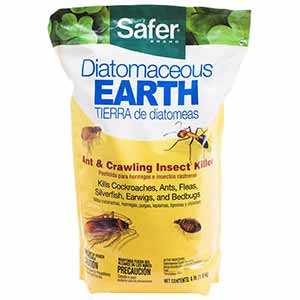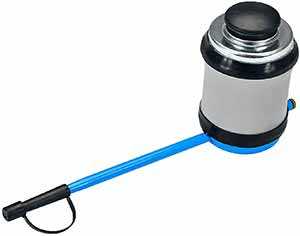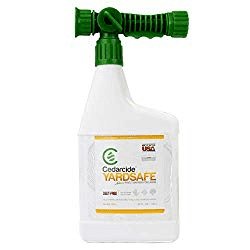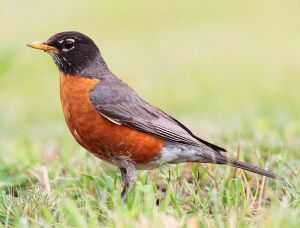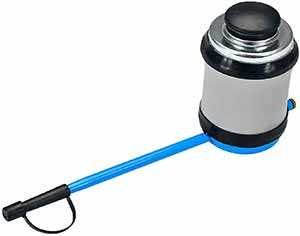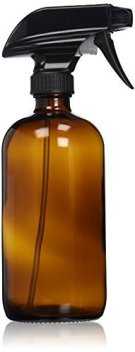How to Get Rid of Ticks in Your Yard
Discovery expert tips on How to Get Rid of Ticks in Your Yard
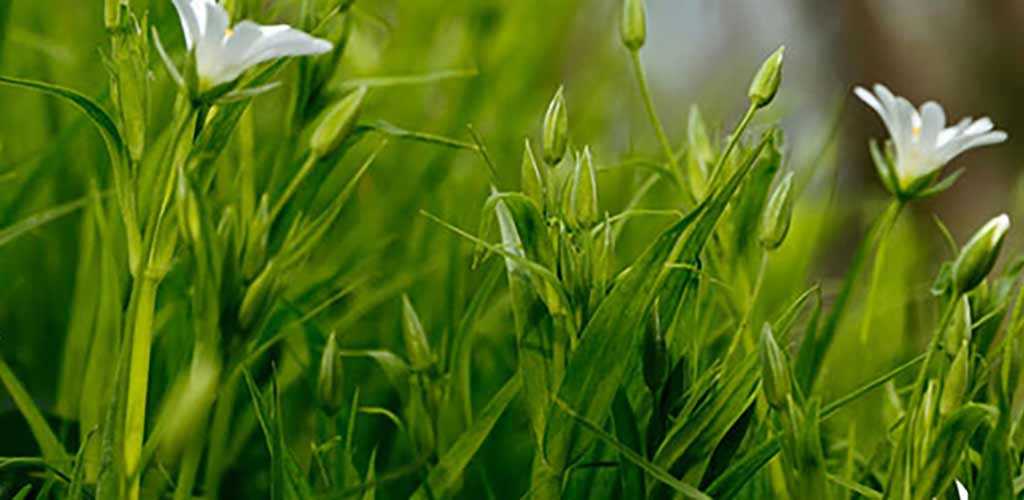
This site is supported by affiliate advertising. Which means we may earn some money if you click the product links. Thanks for your support!
“How to get rid of ticks in your yard naturally?”- This is a question facing many families. Over the past few years Americans have been increasing their outdoor activities. However just as these outdoor activities are growing so is concern over the dangers of tick borne diseases. Thankfully there are everyday items such as essential oils and diatomaceous oils that can help you get rid of ticks in your yard.
Use the Best Tools
Getting rid of ticks and fleas is much easier when you use the right tools. Two of my favorite tools are diatomaceous earth and cedarcide. I usually keep a supply of each on hand. Please use the links below to check them out on amazon.
Safer Brand Diatomaceous Earth is a stain free, powdery substance that kills crawling insects. Made with diatomaceous earth, this dual-action product quickly kills a wide range of insects by touch and by ingestion. Best of all, Safer Brand Diatomaceous Earth is registered with the Environmental Protection Agency, and if used as directed won’t have adverse effects on humans or the environment.
If you purchase diatomaceous earth consider using a duster to apply it. Trying scatter diatomaceous earth fromt the bag will create a mess and you will end up applying way more then you need. A duster helps you apply diatomaceous earth just where you need it and gets in tight spaces.
Yardsafe Cedar Oil is a must to help get rid of ticks. The bottle is made with a nozzle that easly attaches to your garden hose. In just a few minutes you are ready to use a research backed essential oil to help get rid of ticks in your yard!
The Outdoor Foundation estimates that over 48% of Americans are engaged in some form of outdoor activity. Along with outdoor fitness activities there has also been a gardening boom. The National Gardening Association reports that 1 in 3 American households is now involved in gardening.

To avoid tick borne diseases you need to get rid of ticks in your yard. Thankfully there are several steps you can take to reduce your expose to fleas and ticks while enjoying your lawn and garden. This article will focus on three DIY steps you can take now to get rid of ticks in your backyard and reduce your exposure to tick borne diseases. They are:
- Landscape modifications (AKA tickscaping)
- Host animal reduction
- Natural tick repellents
When taken together these steps create a natural process to get rid of ticks. While each step in the process is based on solid research the best results will be obtained by combining all three steps. To make the process easier to remember we have a nifty info-graphic you can refer to.
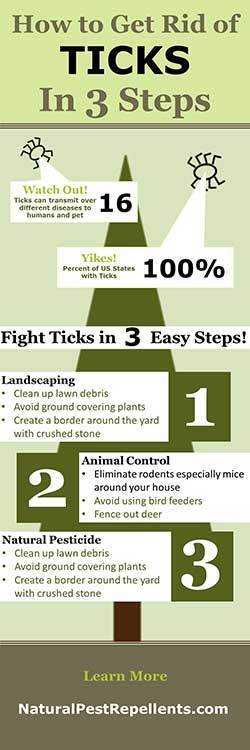
How to Get Rid of Ticks in Your Yard with Landscaping
To create a flea and tick free lawn and garden we first need to understand a ticks habitat. Knowing what attracts ticks will help us understand how to get rid of ticks in your yard. The old adage of ‘know thy enemy’ is just as true with ticks as it is in war. A key element for ticks is humidity. Since ticks cannot drink water they need a high humidity environment. Even if its not humid outside portions of your yard could be creating humid conditions perfect for ticks.
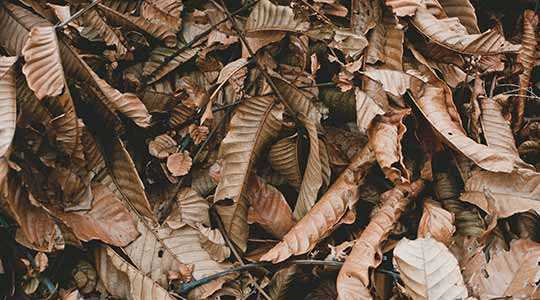
Piles of dead leaves and lawn debris can trap water which creates pockets of humidity that ticks love. In addition to humidity ticks tend to avoid direct sunlight, preferring the shade and protection of wooded areas. According to the Tick Management Handbook more ticks can be found in dense woods and brush, then in manicured lawns.
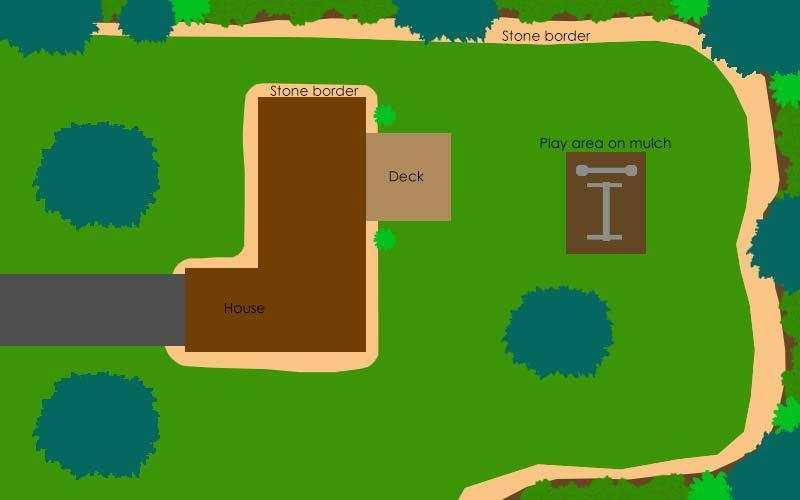
Creating a clear division between brush and your yard is key to managing ticks. This process can be thought of as Tickscaping as originally coined in the Tick Management Handbook. Just as the purpose of landscaping is to modify the land to suit your needs the purpose of tickscaping is to modify the land to deter ticks.
how to get rid of ticks in your yard with Tickscaping Steps
- Remove leaf litter and yard debris that create pockets of humid environments
- Use ground cover such as pachysandra sparingly as they naturally provide shelter and humidity for ticks
- Create a tick repellent border between the lawn and wooded areas. Crushed stone or wood chip borders can discourage tick activity and result in fewer ticks in your lawn
These steps are illustrated in the photo above. Take particular note of the stone borders between the mowed grass and shrubs. Ticks hate dry, hot areas. Using this against them is how to get rid of ticks in your yard.
To learn more about tickscaping check out our complete article on tickscaping your yard. This article provides real word step by step instructions to help you hit the ground running!
Get Rid of Ticks in Your Yard With Animal Control
The link between host animals and tick populations is well documented. In fact this link was established in 1872 when American historian and entomologist Asa Fitch noted a drastic reduction in ticks, in an area previously know to have a large tick population. At the time of the survey the white tail deer population had also plummeted due to habitat loss and hunting. Since that time numerous other studies have confirmed this link. This means the deer browsing in the meadow near your home are directly contributing to the ticks crawling in your lawn and garden.
Since deer tend to have a wide range, controlling the local deer population is likely not an option. However you many be able to either fence your yard or use deer resistant vegetation to discourage deer browsing in your yard. We do not have solid evidence of a reduced tick population associated with deer resistant vegetation. However the link between deer and ticks means deer should be kept away from your home. A full list of deer resistant vegetation can be found at rutgers.edu
How to Get Rid of Ticks in Your Yard with Mice
Along with deer, ticks are also depend on rodents. This means that getting rid of mice will help you get rid of ticks and fleas. Rodents supply ticks with a blood meal and infect them with disease. The most well known disease transmitted by ticks to humans, Lyme Disease is transmitted from the white footed mouse to ticks. Over 90% of white footed mice are infected with Borrelia burgdorferi, which is the bacteria that causes Lyme disease. This lends even more weight to repelling mice from your yard. For more information check out our article on natural mouse repellent.

For more advice on how to get rid of mice please see our step by step article on DIY mouse traps.
Mice tend to inhabit environments similar to ticks, so removing lawn debris and dense underbrush will reduce the hiding places for mice. Eliminating food sources for mice will also help reduce their numbers and prevent a colony from taking up residence in your yard. Seeds are a favorite food source for mice so consider eliminating the bird feeder or make sure seed does not fall to the ground. Other potential food sources such as trash cans should also be firmly sealed. However in spite of your best efforts it may be impossible to eliminate rodents from your property. This means you may want to help rodents. Yes, its time to help the mice! Enter tick tubes.
Try Tick Tubes
Tick tubes are cardboard tubes (think toilet paper rolls) lined with cotton or cloth that is infused with pesticide. When the mice pass through the tubes they get a dose of tick repellent. In some studies tick tubes have proved effective at reducing local tick populations. One of the more popular brands is Thermacell.
The nice thing about tick tubes is that they are easy to deploy and maintain. Simply place them where you believe rodents are living (stone walls, old buildings, wood piles, etc) and that’s it. You will need to reapply a few times a year but that’s a small incovience for helping to control ticks.
Traditional Mouse Traps
In addition to cleaning up the yard, eliminating food sources, and setting traps its been noted there are fewer mice in areas known to harbor snakes, fox, and birds of prey. So the next time you see a snake in the back yard, leave it alone or just more it farther from the house. Whatever method you choose just remember that getting ride of mice on your property is a great answer to how to get rid of ticks in your yard.
Don’t Attract Birds
Along with birds and mice chipmunks also carry of Lyme disease. They may look cuter then mice but when it comes to ticks they are just as dangerous. Since chipmunks eat seeds its another reason to eliminate bird feeders or keep them away from the house.
Animal Control Steps:
- Use Deer resistant plants or fence in your property
- Remove potential rodent nesting sites such as wood piles from near your home
- Clear out tall grass, weeds, and leaves that are nest building material for rodents
- Eliminate or keep bird feeders away from your house
Get Rid Of Ticks in Your Yard with Fungus
One of the most unusual was to get rid of ticks is with Fungus! Recently scientists have identified Metarhizium anisopliae as the primary tick eating fungus. This is a naturally occurring fungus that consumes ticks. Metarhizium anisopliae is found in soil world wide and has been getting rid of ticks for thousands of years. The process starts when the fungus lands on their body, germinates, and then penetrates the ticks body. Once inside the tick Metarhizium anisopliae produces chemicals that are toxic to ticks. After the fungus fills the ticks body it breaks back out of the tick and emits spores that can contaminate additional ticks. This is just as crasy as it sounds so thankfully Metarhizium anisopliae does not harm mammals and most good bugs such as honey bees!
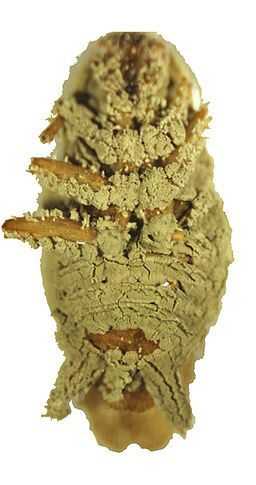
The History of Tick Eating Fungus
Metarhizium anisopliae was discovered and used as a natural pesticide since 1879! Back then it was used to manage the wheat grain beetle. Since its discovery Metarhizium anisopliae has proven to be lethal on over 200 types of bugs. Metarhizium anisopliae is now registered by the EPA as a microbial pesticide active ingredient for non-food use. A simple way to get rid of ticks with metarhizium anisopliae is to purchase one of the commercially available products based on Metarhizium anisopliae. One such produce is Met52 made by novozymes.
The primary difference between naturally occurring samples of Metarhizium anisopliae and the commercially produced type is the fungus density. Commercially created versions of Metarhizium anisopliae contain greater amounts of fungus then would be naturally present. There is ample scientific research on the effectiveness of Metarhizium anisopliae as a method to control ticks.
If all this fungus talk sounds like pure science fiction check out the following video...
Rid of Ticks with Natural Repellents
After creating a tick free zone and reducing the rodent and deer population on your property the last step to get rid of ticks in your yard is applying natural tick repellents and insecticide. Two products to consider are Cedar Oil and Diatomaceous earth. These products are easy to use and inexpensive. This is especially so when compared to the long term consequences of Lyme and the many other tick borne diseases.
How to Get Rid of Ticks in Your Yard with Diatomaceous Earth
Diatomaceous earth is an abrasive white power containing the fossilized remains of dead microorganisms. Due to its abrasive nature and ability to absorb water its often used for pest control. Diatomaceous earth is able to kill insects (and most arthropods) by drying out the outer layer of an insects exoskeleton causing them to die from dehydration. Technically diatomaceous earth is more of a tick killer then repellent but we're including it here since its incredibly effective and natural answer to how to get rid of ticks in your yard.
When purchasing Diatomaceous earth be sure to look for food grade or formulated for killing insects. There is also pool grade diatomaceous earth which contains crystalline silica. Crystalline silica can cause respiratory issues if inhaled, this should not be used for pest control! Since the purpose of diatomaceous earth is to kill insects that have already found their way into your yard consider using a natural repellent to help keep them out of your yard in the first place.
How to Apply Diatomaceous Earth
Applying diatomaceous can also be a challenge. Even though its inexpensive you don’t want to wast it by dropping clumps everywhere. Besides that you just need a thin coating to kill insects. The best way to do this is with a bellows duster. The duster keeps your hands clean and gets the diatomaceous earth exactly where you want it.
Besides helping you apply diatomaceous earth more evenly a bellows duster helps you get to tigh spots such as behind furniture. Since diatomaceous earth kills anything with an excoskelton a bellows duster is great for getting insects such as ground hornets that decide to take up residence in a stone wall or hedge.
For more information on how to apply diatomaceous earth check out our latest diatomaceous earth tutorial .
Cedarwood Oil to Get Rid of Ticks
Cedarwood oil is a natural tick repellent with ample research backing up its effectiveness. Cedarwood oil is extracted from various species of cedar trees. Cedar oil is often used for its anti-inflammatory, sedative and insecticidal properties.
Natural Tick Repellent Spray
For personal protection against ticks you can apply a natural cedar oil mix to your clothes. If you never used essential oils before, first try a small amount to ensure you are not allergic. Also, keep in mind that essential oils should not be used on children under three years old. If you are not allergic and over three years old, use the following recipe to make a spray.
- 2oz – Everclear Alcohol
- 5 3⁄4 oz – Distilled Water
- 1 tsp – cedarwood oil
- 1/2 tsp – Alaskan cypress
The alcohol and distilled water you are usually available locally. Cedarwood oil can be a bit more difficult to find. You can use the links above to pick this up on amazon. Ticks are a year round threat so order some essential oils now and mix up a bottle of natural tick repellent ASAP.
How Ticks Work
When fighting ticks it also helps to know a little about them, what they like, don't like, and their biology. Lets take a few minutes to understand what makes ticks, tick :-). To start ticks are considered arthropods with one primary body segment. That places them in the same classification as daddy long legs and scorpions. Interestingly, ticks do not hibernate, they are active as long as the temperature its above freezing. To find a host ticks climb tot the top of grass or other plants and wait for an animal or person to pass by. This behavior is called questing. Ticks do not jump or drop on victims.
How Ticks Find You
Ticks locate hosts (AKA victims!) by chemical signals like sweat and carbon dioxide. Since they cannot jump or fly ticks need to make direct contact with a host. When this occurs the tick climbs the host to where it will eventually bite or latch on. Since ticks need to make direct contact with a host you can reduce your exposure by avoiding tall grass and weeds.
In pratical terms when you are walking out doors avoiding contact with high weeds, wooded areas, and lawn debris can help reduce your exposure to ticks. Contrary to urban myths you do not get ticks from just being out side. You need to come into direct contact with a questing tick.
Combining these steps will help get rid of ticks by creating a tick free zone. This is the first step in Tick Management. To learn more about tick management and how you can utilize all 3 steps to reduce your expose to ticks check out our full article on Tick Management.
You might also be interested in “What Eats Mosquitoes“? or “How to apply diatomaceous earth“?
